IPC Standards for PCB Assembly
IPC Standards ensure quality, consistency, and global compatibility in PCB assembly, essential for innovation and reliability in electronics manufacturing.
With the ever-evolving world of electronics manufacturing, providing consistent quality and reliability is a challenging task. At the forefront of conquering that task are the IPC Standards for PCB Assembly—standards developed by the IPC, or the Association Connecting Electronics Industries. Formerly the Institute for Printed Circuits, IPC provides a set of guidelines integral to the design, manufacture, and assembly of printed circuit boards (PCBs). This article provides an in-depth exploration of IPC Standards for PCB Assembly, dispelling their mystique, their key aspects, and the wide-ranging impact they have on the electronics manufacturing industry. Whether a seasoned veteran or an industry newbie, having knowledge of these standards is essential in order to determine the quality and integrity of electronic devices we use every day.
What Are IPC Standards?
IPC Standards consist of specifications and guidelines aimed at encouraging consistency, quality, and reliability in the electronics production industry. The standards cover a wide range of issues, from PCB design and manufacturing to assembly, providing a universal language and standard for manufacturers, suppliers, and customers globally.
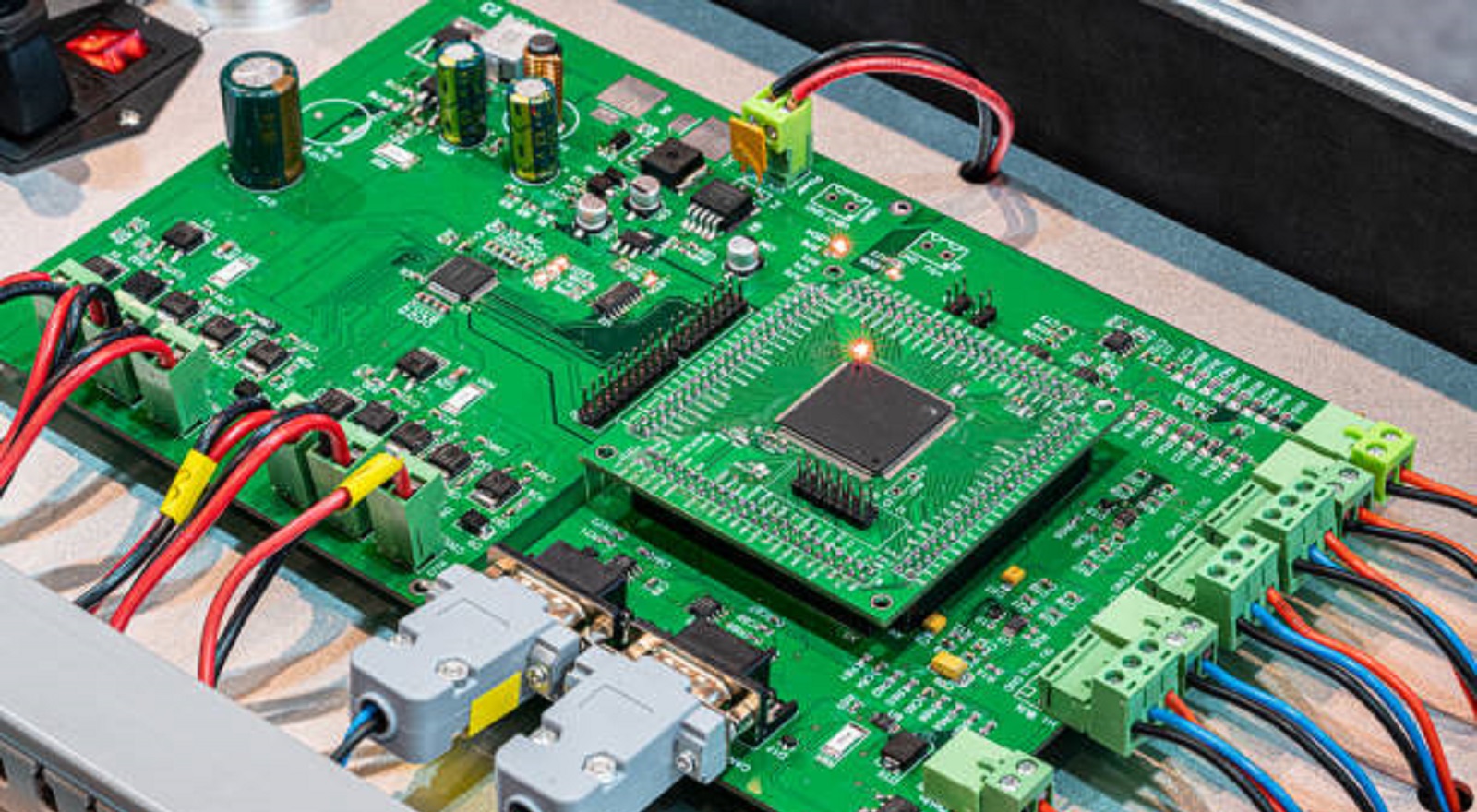
The Function of IPC Standards in PCB Assembly
IPC Standards are essential for a variety of reasons:
Quality Assurance: IPC Standards Compliance ensures that PCB assemblies meet industry-accepted standards for quality.
Consistency: These standards offer a consistent approach to PCB assembly, thus eliminating variations and inconsistencies between runs and manufacturers.
Cost Optimization: Standardization maximizes efficiency and reduces wastage, which in turn brings down the production cost.
Customer Confidence: Products manufactured in line with IPC Standards generate greater customer confidence, promising them the quality and reliability of the end product.
Global Compatibility: IPC Standards facilitate global trade and collaboration in the electronics industry since they are universally acceptable.
Key IPC Standards for PCB Assembly
IPC-A-610: Acceptability of Electronic Assemblies
IPC-A-610 is greatly regarded to be the "bible" of the electronics field. It provides the visual acceptance standard of electronic assemblies in terms of detail like component placement, soldering, and overall board quality. Perhaps one of its most unique features is categorizing electronic products into three classes according to their requirement for reliability: Class 1 (General Electronic Products), Class 2 (Dedicated Service Electronic Products), and Class 3 (High-Performance/Harsh Environment Electronic Products).
IPC-J-STD-001: Soldered Electrical and Electronic Assembly Requirements
As a companion to IPC-A-610, IPC-J-STD-001 considers materials and processes used on soldering electrical and electronic assemblies. It specifies requirements for solder alloys, fluxes, and cleaning compounds, and covers procedures for controlling variables like temperature profiles and cleanliness. The standard also defines acceptance criteria for through-hole and surface mount technology assemblies' soldered connections.
IPC-7711/7721: Rework, Modification, and Repair of Electronic Assemblies
These standards play an important role in providing guidelines for reworking, modifying, and repairing electronic assemblies. They discuss rework procedures, rules of modification, methods of repair, and proper tools and equipment necessary, so repaired assemblies can be of the same quality as new assemblies.
Implementing IPC Standards in PCB Assembly
Training and Certification
To effectively use IPC Standards, there needs to be an investment in adequately trained staff. IPC offers different training and certification programs, such as the IPC-A-610 Certified IPC Specialist and the IPC J-STD-001 Certified IPC Specialist, to ensure that the employees are trained on these standards and how they can be implemented in practice.
Establishing Quality Control Processes
There must be robust quality control processes at every stage of the PCB assembly process. Some of the steps include:
Incoming Inspection: Implement rigorous procedure for acceptance of incoming material and components to uphold IPC Standards before introduction to assembly process.
In-Process Quality Checks: Carry out quality check at multiple levels of assembly from time to time for early identification and correction of faults.
Final Inspection: Implement IPC-A-610 standards to conduct thorough final inspection to ensure that the assembled PCBs meet all quality standards.
Documentation and Traceability: Maintain full records for all quality control operations, including inspection results and rework.
Continuous Improvement and Advanced Topics in IPC Standards
Ongoing Enhancement
Compliance with IPC Standards is a never-ending improvement process. Audits conducted on a periodic basis, data analysis to identify trends, ongoing employee training, and close collaboration with suppliers will ensure the maintenance of standards compliance.
Advanced Industry Trends
Miniaturization and HDI: With device miniaturization, IPC Standards are changing to meet the challenges of high-density interconnects.
Flexible and Rigid-Flex PCBs: Growing usage demands revision of existing standards or the creation of new ones for these technologies.
Advanced Materials: IPC Standards continue to evolve with the introduction of new materials for high-frequency and harsh environment applications.
Industry 4.0 and Smart Manufacturing: With smarter manufacturing, IPC Standards may include standards for the integration of real-time process monitoring and data analytics in PCB assembly.
Sustainability: With the emphasis on sustainability, future IPC Standards may include standards for green manufacturing processes and material selection.
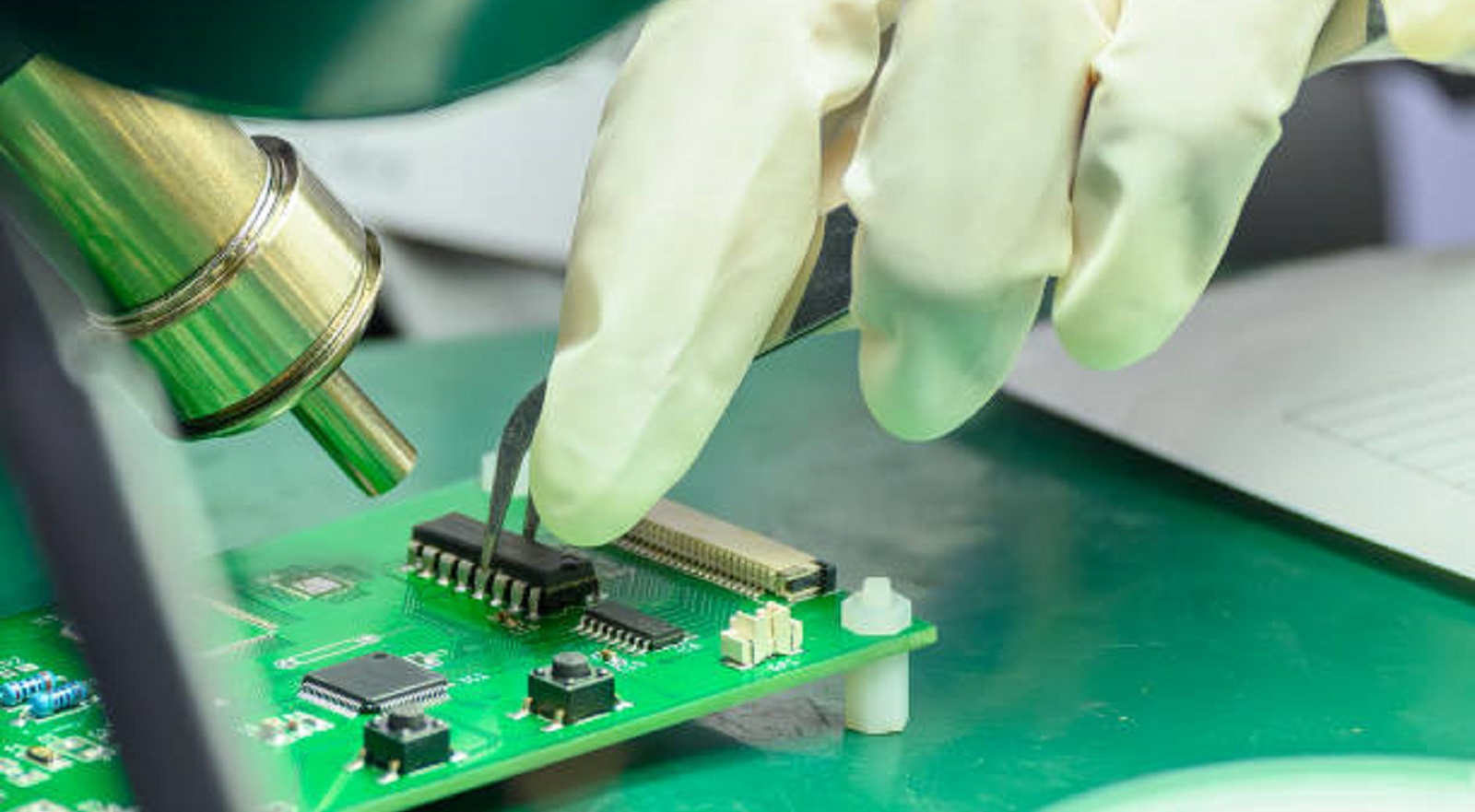
In short, IPC Standards for PCB Assembly are the cornerstone to quality, reliability, and consistency in an ever-evolving industry. Through embracing these standards through intensive training, quality control, and continuous improvement, manufacturers can remain competitive. As the industry continues to evolve, keeping up with revisions to IPC Standards will be the key to success. In the end, embracing IPC Standards fosters innovation, quality, and reliability in the electronics that drive our world today.
Hot Tags:
Contact us

If you can't find what you're looking for, please contact us.
Article
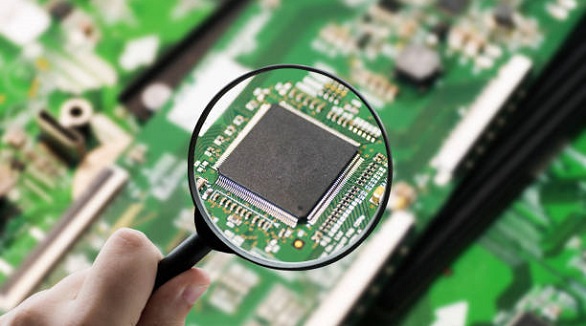
IPC Class 2 offers cost-effective reliability for non-critical electronics, while Class 3 ensures high-reliability for critical applications, at higher cost.
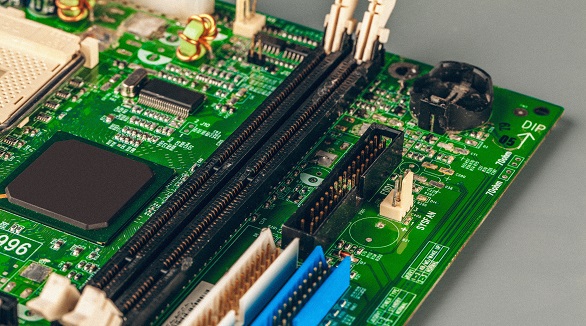
Efficient PCB assembly needs component standardization, design clarity, optimized workflow, material management, defect detection, automation, teamwork, lean practices, and IoT integration to meet quality and demand.
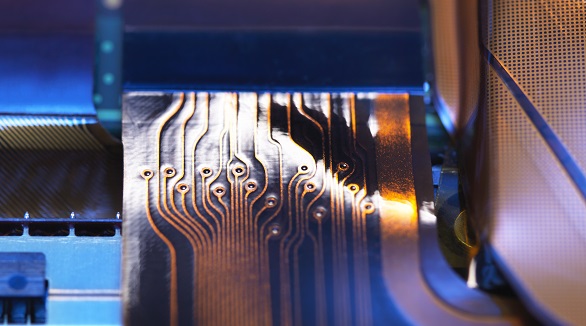
Copper thickness in PCBs, crucial for functionality, influences operation, thermal management, and reliability. IPC standards guide its choice, balancing performance and cost for optimal design.